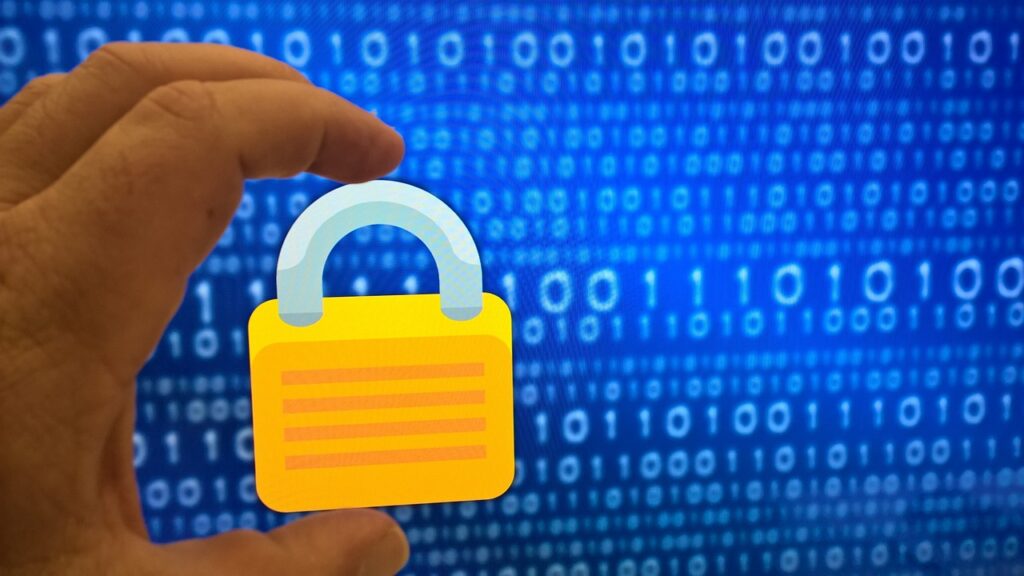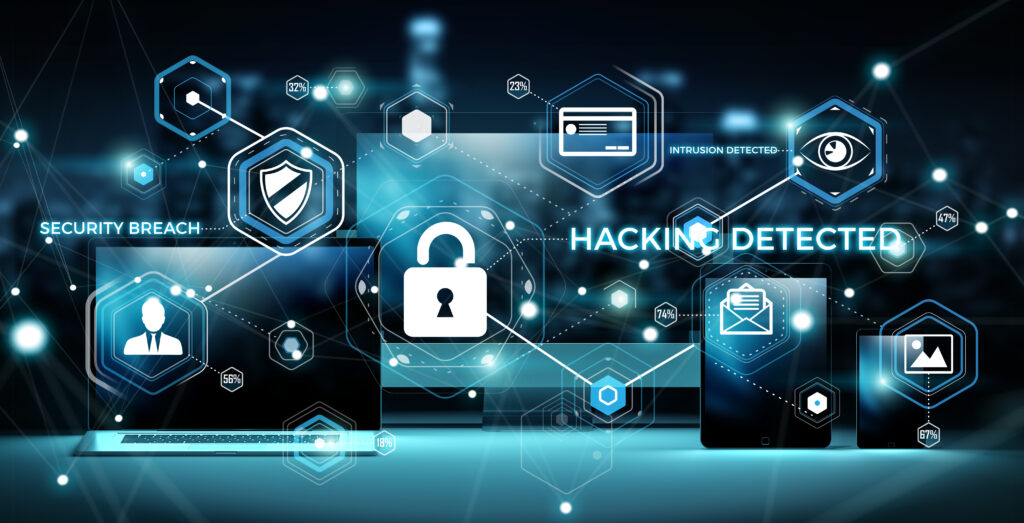Cyber threats are constantly evolving. More often than we are willing to acknowledge, there are new ways and methods with which cyber stalkers are gaining on small businesses. As such, cybersecurity, IT security, and IT compliance are no longer optional; they’re essential for the survival and growth of small businesses. But let’s face it: implementing robust security measures can feel overwhelming, especially for small companies juggling limited resources.
At Human Computing, we specialize in helping small businesses safeguard their data and create a cybersecurity strategy while staying compliant with ever-changing regulations. With the right approach, you can protect your business, build trust with your clients, and ensure small business compliance without overburdening your team. Here’s how.
Why is Cybersecurity Important for Small Businesses?
Small businesses are often seen as “easy targets” for cyberattacks because they may lack the sophisticated security measures of larger enterprises. But the stakes are just as high:
- Financial Losses: A single data breach can cost thousands in recovery and fines.
- Reputation Damage: Clients may lose trust if their data is compromised.
- Regulatory Risks: Non-compliance with regulations like GDPR, CCPA, or HIPAA can lead to hefty penalties.
Despite these challenges, small businesses have an advantage: agility. By adopting an innovative, tailored cyber strategy, you can create a strong security foundation without the need for a Fortune 500 budget.
Practical IT Security Strategies for Small Businesses

1. Prioritize Data Protection
Start by identifying your most critical data, client information, financial records, or intellectual property, and implement safeguards to protect it. The foundation of any effective cybersecurity strategy is knowing what you’re protecting. Start by identifying your most critical data—client information, financial records, intellectual property, and any other sensitive assets—and put strong safeguards in place.
- Encrypt Everything: Use encryption for sensitive files and communications to prevent unauthorized access, whether data is stored locally or transmitted online.
- Backup Regularly: Ensure automatic, encrypted backups of critical data to minimize downtime in case of a breach, ransomware attack, or accidental data loss.
- Access Control: Limit access to sensitive information to only those who need it, and use role-based permissions to avoid unnecessary exposure.
Regular audits of data access and usage can also help detect suspicious behavior early and prevent internal threats.
2. Implement Multi-Factor Authentication (MFA)
MFA adds an extra layer of security by requiring two or more verification steps to access accounts. It’s one of the simplest, most effective ways to protect against credential theft.
- Use MFA for all business-critical systems, including email, financial software, customer management tools, and internal platforms.
- Encourage employees to use MFA for their personal accounts to build a security-first mindset.
- Consider app-based authenticators over SMS-based methods for added protection from phishing and SIM-swapping attacks.
Even if a password is compromised, MFA adds a barrier that attackers will struggle to get through.
3. Train Your Team in Cybersecurity Awareness
Employees are often the first line of defense and the weakest link when it comes to IT security and even cybersecurity, particularly for small businesses. Regular training can dramatically reduce risks.
- Educate employees on identifying phishing emails, suspicious links, and social engineering tactics.
- Conduct simulated phishing attacks to test and improve awareness without risk.
- Build a culture of vigilance, where employees feel empowered to report potential threats without fear of blame.
Remember: a well-informed team is your best defense against human error, the most common cause of breaches.
4. Invest in Endpoint Security
With remote and hybrid work models on the rise, endpoints like laptops and mobile devices are often the weakest link in your security chain.
- Install antivirus and anti-malware software on all devices, and make sure it’s regularly updated.
- Use Mobile Device Management (MDM) solutions to secure and monitor company-issued smartphones and tablets.
- Require VPN usage for remote access to sensitive systems to encrypt internet traffic and prevent eavesdropping.
Endpoint security ensures that even the most mobile parts of your workforce are protected
5. Monitor and Patch Regularly
Outdated software can be a hacker’s dream come true, making it all too easy for them to infiltrate your systems and cause massive cyberattacks. To keep your defenses strong and stay ahead of the game, you should:
- Schedule regular updates for operating systems, software, and firmware.
- Use automated patch management tools to ensure no vulnerabilities go unnoticed or unaddressed.
- Monitor your network for unusual activity and respond quickly to alerts with a defined incident response plan.
Think of patching as digital hygiene; it keeps your systems healthy, efficient, and protected.
Compliance: Meeting Regulatory Requirements

Compliance isn’t just about avoiding fines; it’s about building trust with your clients and demonstrating your commitment to protecting their data. Here are some steps to meet any compliance requirements for your small business:
1. Understand Your Obligations
Identify which regulations apply to your business, such as GDPR, HIPAA, PCI-DSS, or CCPA. Each has unique requirements, but most focus on data protection, transparency, and breach response.
2. Document Your Processes
When it comes to security, clarity is key! Make sure to craft detailed documentation of your security policies that outlines how you handle data, where you store it, how you process it, and the measures you take to keep it safe. This proactive approach not only safeguards your information but also prepares you for any audits that regulators may conduct.
3. Conduct Regular Audits
Perform internal or third-party audits to identify gaps in your security and compliance efforts. Address vulnerabilities proactively to ensure you’re always audit-ready.
4. Have a Breach Response Plan
No system is 100% immune to breaches, so it’s essential to have a plan in place.
- Define steps for identifying, containing, and mitigating breaches.
- Notify affected parties promptly, as required by law.
- Learn from incidents to prevent future occurrences.
How Human Computing Can Help
At Human Computing, we understand the unique challenges small businesses face when it comes to cybersecurity, IT security, and compliance. We take on your security concerns, make them ours and create the most effective solutions without overcomplicating your operations. Here’s how we can help:
- Customized Security Plans: We work with you to design strategies that align with your business goals and budget.
- Regulatory Expertise: From HIPAA to GDPR, we help you navigate compliance with confidence.
- Employee Training: We provide ongoing training programs to empower your team and reduce risks.
- Proactive Monitoring: With advanced tools, we monitor your systems 24/7 to detect and address threats before they escalate.
Conclusion: Safeguard Your Future Today
At Human Computing, we understand that IT security and compliance can feel daunting, especially for small businesses like yours striving to protect their valuable data. It’s important to build trust with your clients and stay ahead of ever-evolving threats, and at Human Computing, we see to it that you won’t have to navigate this landscape alone.
By taking proactive steps and partnering with us, you can find peace of mind even in the constantly changing digital world. With the right strategies, security can actually become a source of strength for your business, and we’re here to support you in making that a reality. If you’re ready to explore how we can help you implement personalized and robust security measures, please reach out to us today.







